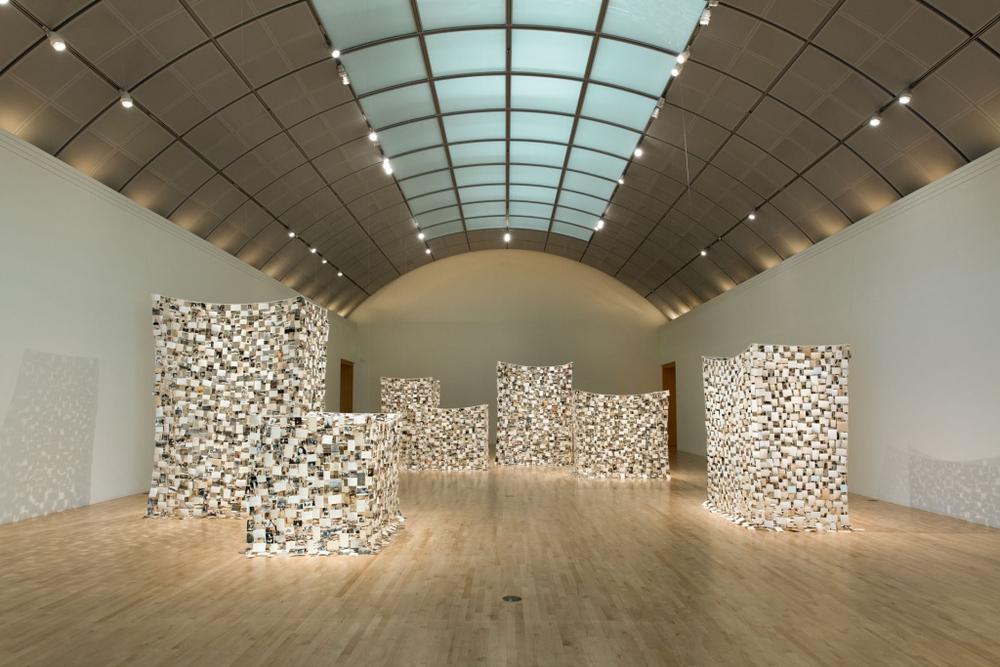Dinh Q. Lê. True Journey Is Return
Dinh Q. Lê wasn’t simply “returning home” when he permanently moved in 1997 to Vietnam, which was slowly emerging from a state of isolation and had changed vastly since his family fled the Khmer Rouge in 1978. Lê, who had lived in the United States from the age of eleven, was educated in American systems, attending art school at the University of California, Santa Barbara, and the School of Visual Arts in New York. As the artist described, “I never felt like I was totally Vietnamese or American.”1 In Vietnam, the distinction separated him from the people who had stayed in the country and experienced all the changes firsthand.2 In his film The Imaginary Country (2006), Lê explored ideas of departure and the “sometimes difficult, yet equally courageous act of return,” as curator Rory Padeken described in an essay for the Museum’s 2018 exhibition catalog Dinh Q. Lê: True Journey Is Return.3 The title of the exhibition is a rephrasing of a quote the artist pulled from Ursula K. Le Guin’s book The Dispossessed (1974), which for Lê captures the idea that “it’s not about the destination, but rather the journey along the way—the journey when you find yourself.”4
Dinh Q. Lê, in an interview with Melissa Chiu, in Vietnam: Destination for the New Millennium (New York: Asia Society, 2005), 20. ↩︎
Nora A. Taylor, “Dinh Q. Lê’s Filmic (Re)Vision of Vietnamese Art History,” in Dinh Q. Lê: True Journey Is Return, ed. Rory Padeken (San José, CA: San José Museum of Art, 2019), 44. ↩︎
Rory Padeken, “An Endless Blue,” in Dinh Q. Lê: True Journey Is Return, ed. Padeken (San José, CA: San José Museum of Art, 2019), 108. ↩︎
Dinh Q. Lê, in conversation with Moira Roth, October 28, 2017–March 9, 2018, in Dinh Q. Lê: True Journey Is Return, ed. Rory Padeken (San José, CA: San José Museum of Art, 2019), 19. ↩︎
